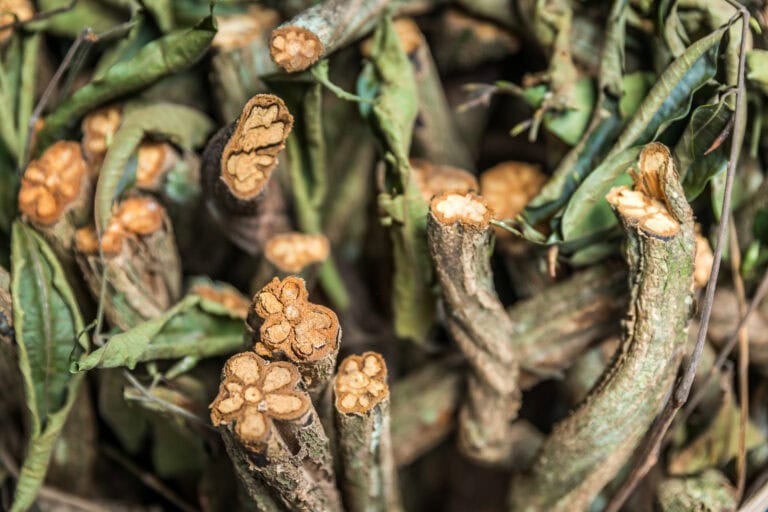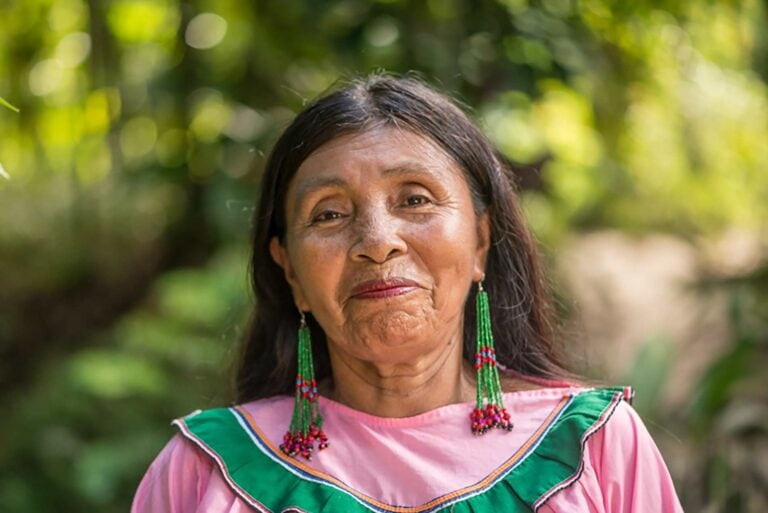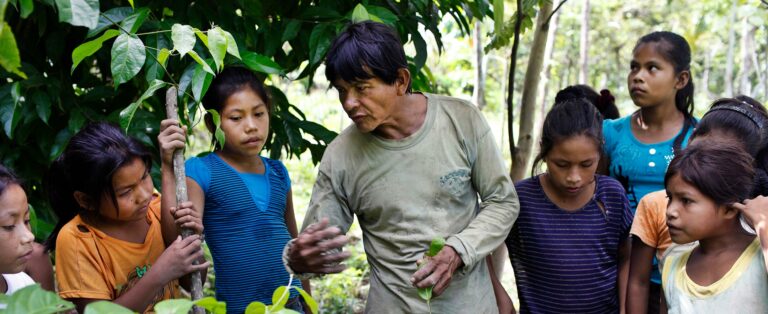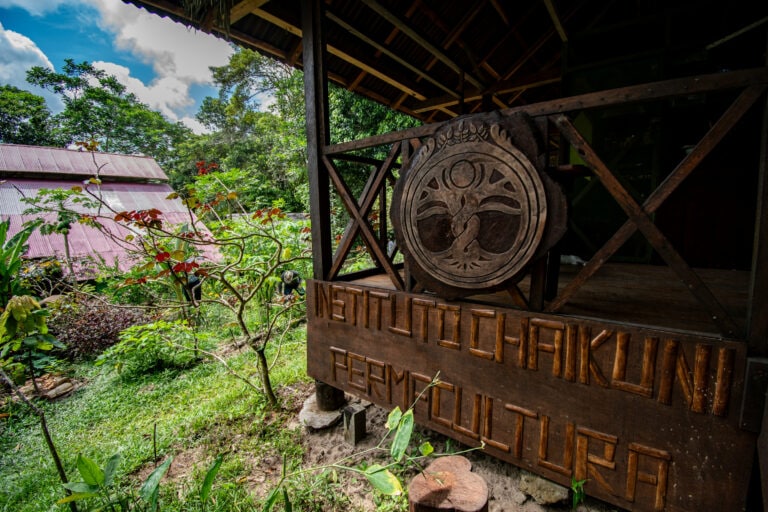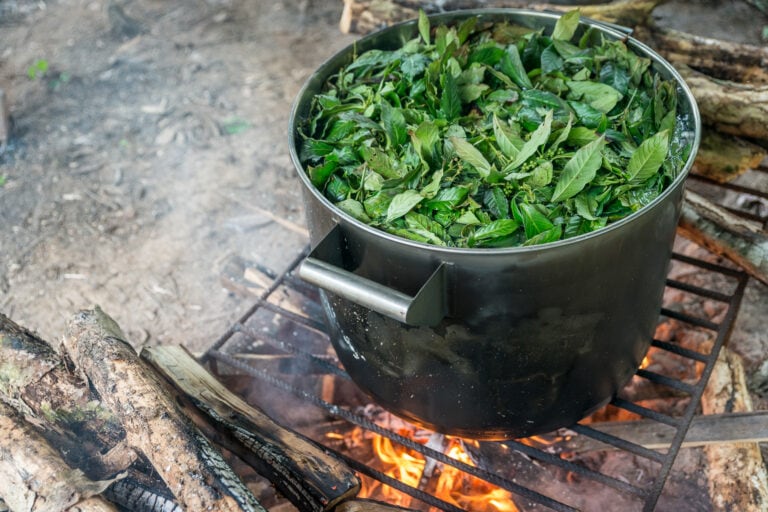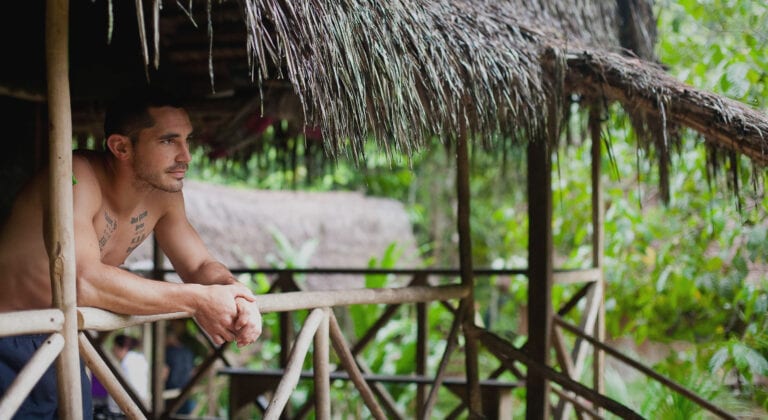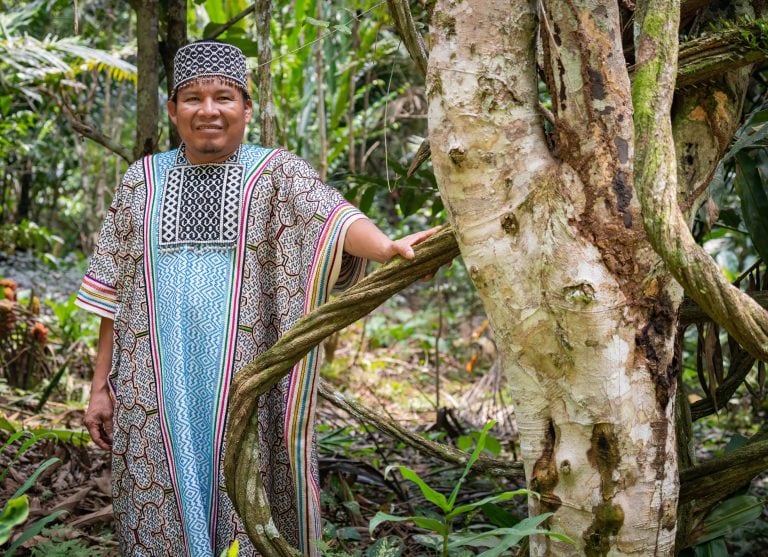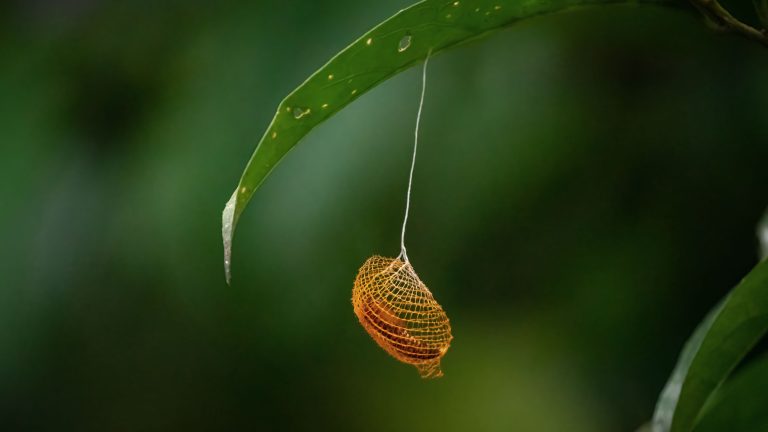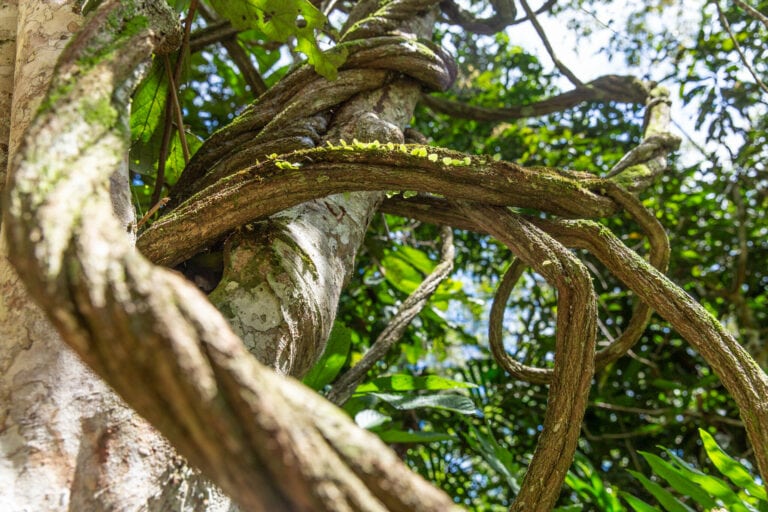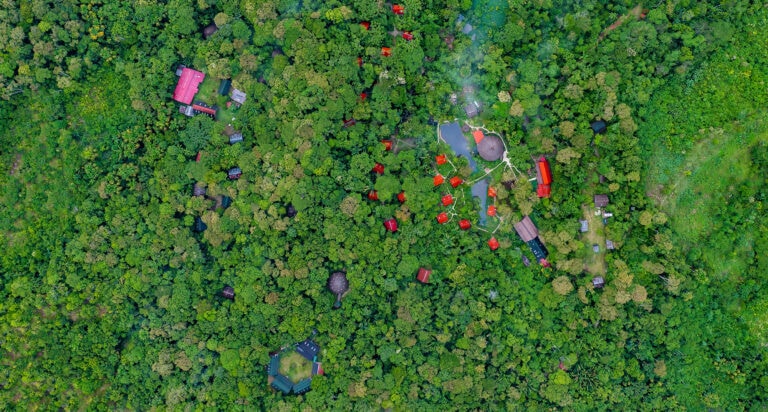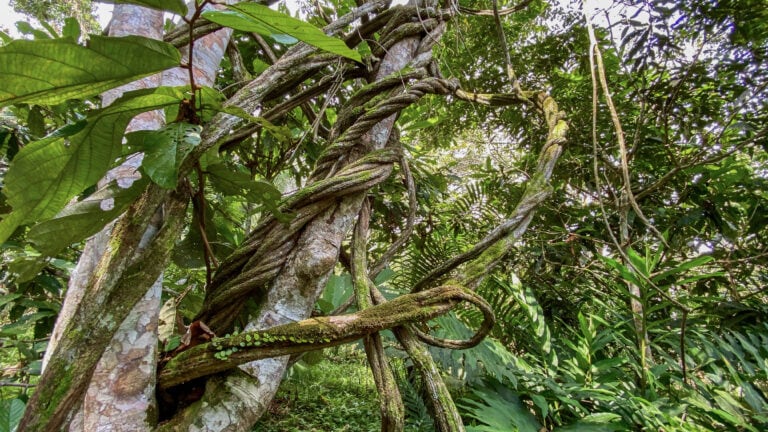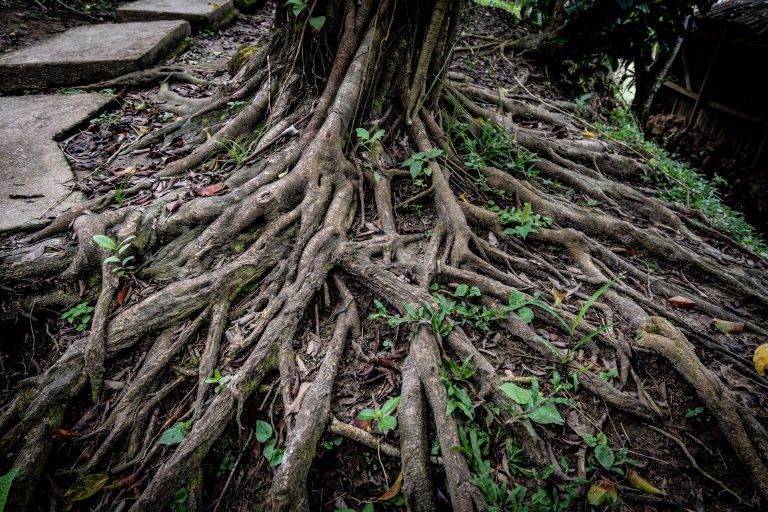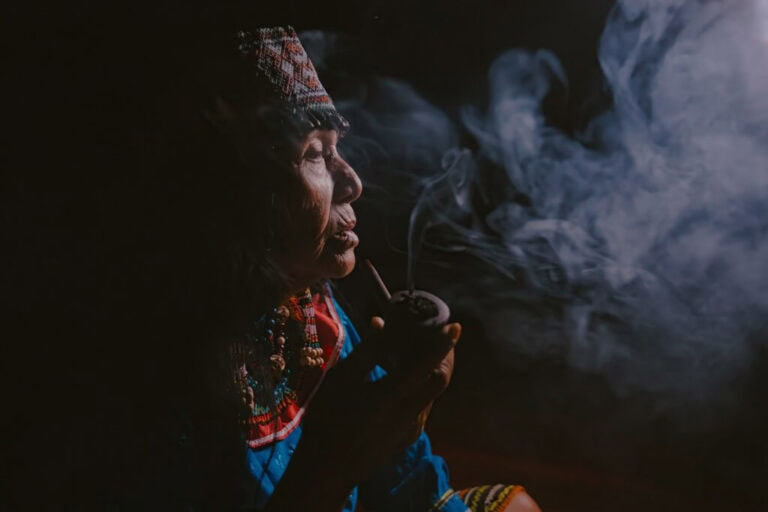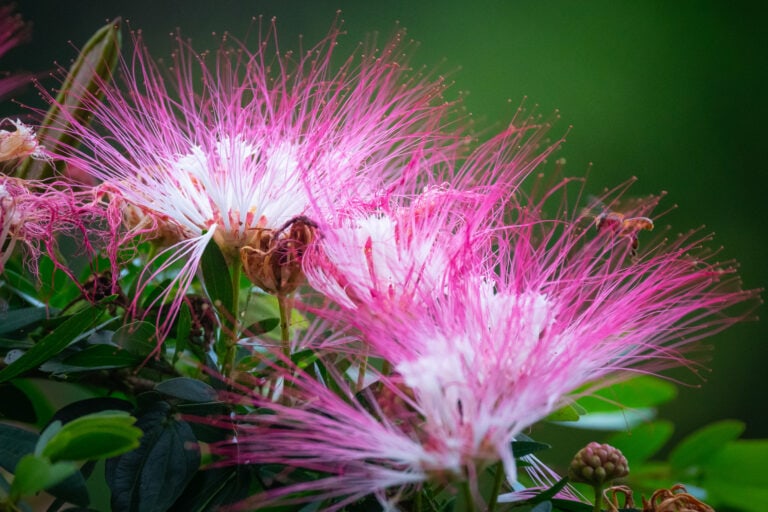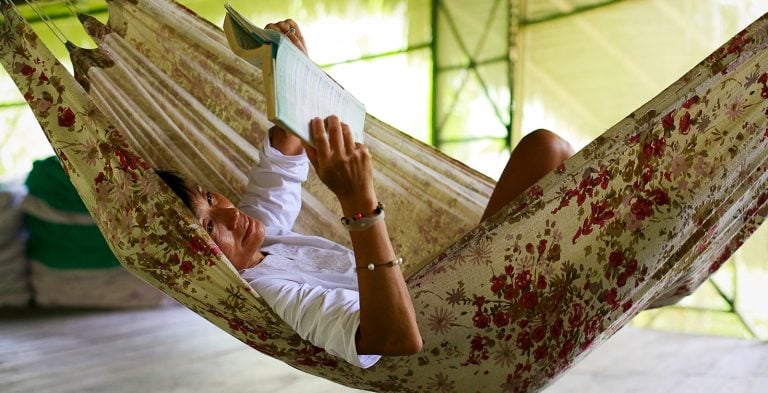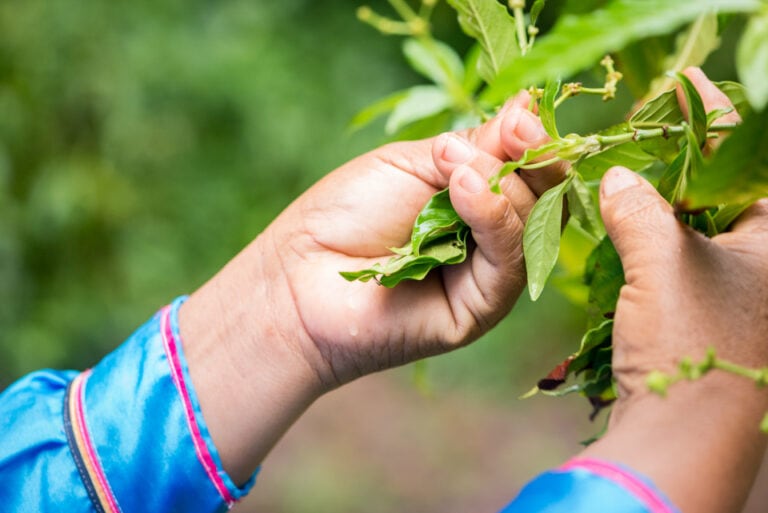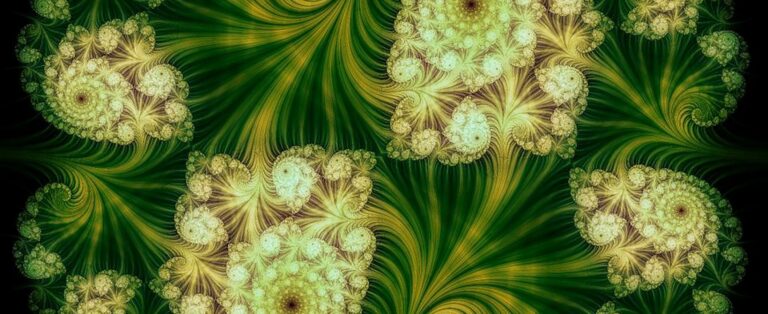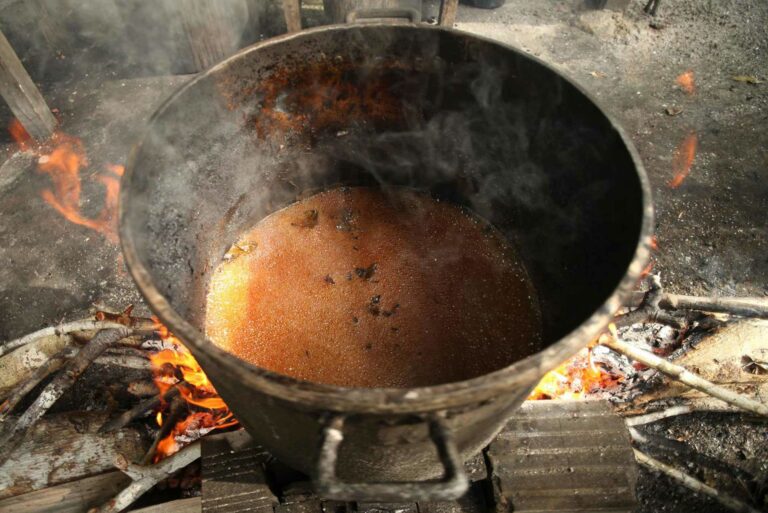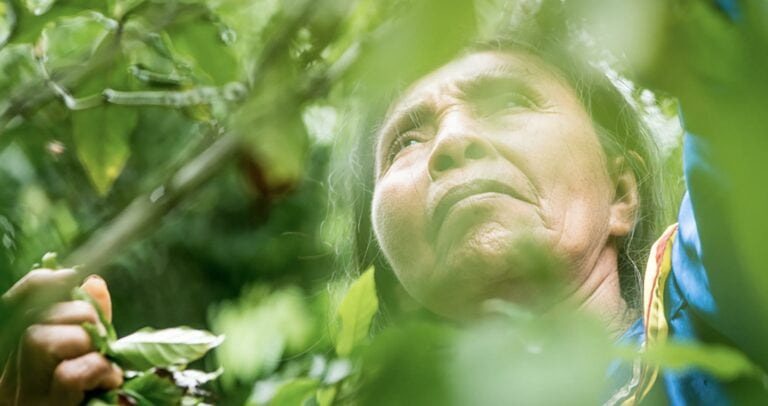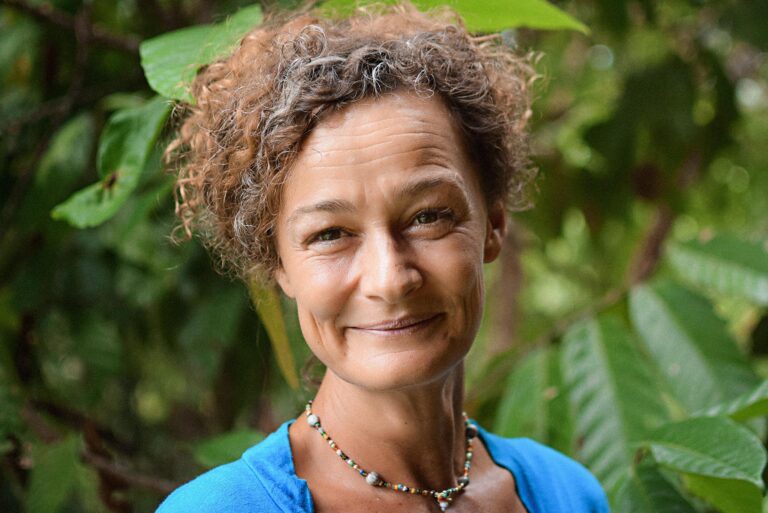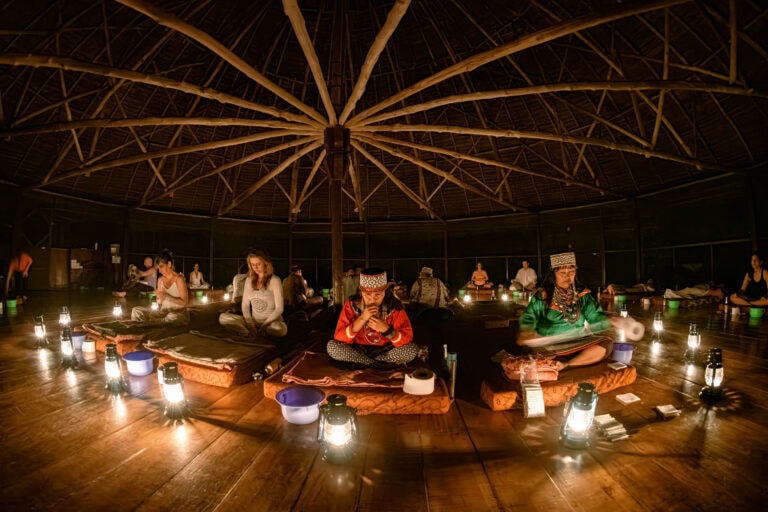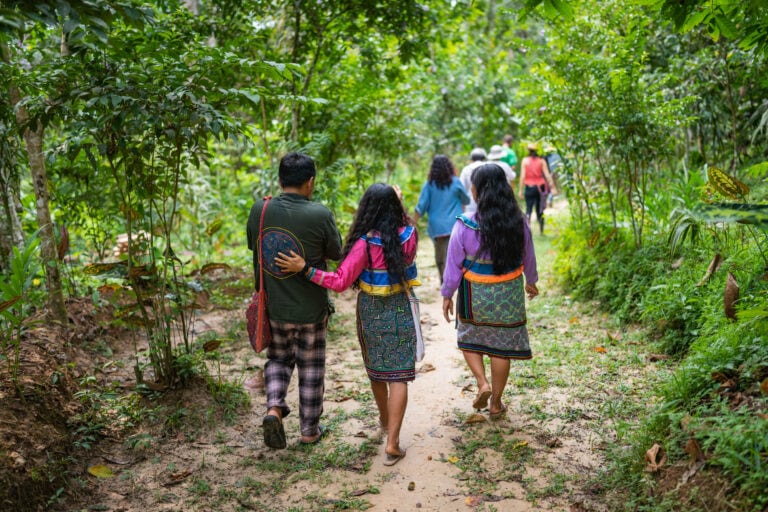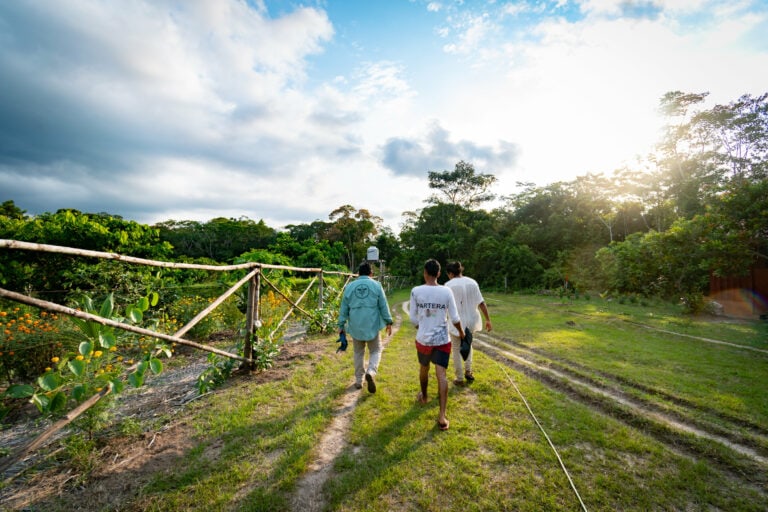In ancient Hippocratic medicine, the patient was called asthenis, meaning a person who lacked strength or vital energy; the doctor was iatros, which means the healer who re-establishes the sthenos or vital energy in the person.
The Onanya work directly with energy: identifying where there are blockages, if there is excess energy and where energy is lacking. They diagnose where negative, dense energies are trapped in the system and work, guided by the plant spirits, to cleanse and purify the body of these energies. Negative energy is not native to our bodies and it controls the way we think, the way we perceive and the way we experience our life. It blocks the flow of positive energy, affecting our ability to truly connect not only with ourselves but with others, and holds us back from reaching our true potential.
By working with ayahuasca, the master plants and the Onanya help us to purge these negative energies in our body. We are then guided towards internal integration, self-awareness and self-direction. We are able to build right relationships and listen more with our hearts.
Working with Energy Patterns from the Plants
The main approach of the Onanya to remove negative energies is energy medicine that comes in the form of song. The Onanya explain that all plants have their own songs and these songs, the ikaros, are taught to the healer during dietas – extended periods of time in isolation adhering to strict dietary conditions designed to receive the healing energy and teachings of the plants. The ikaros work in combination and cooperation with ayahausca to purge negative energies as well as fill the body with plant medicine.
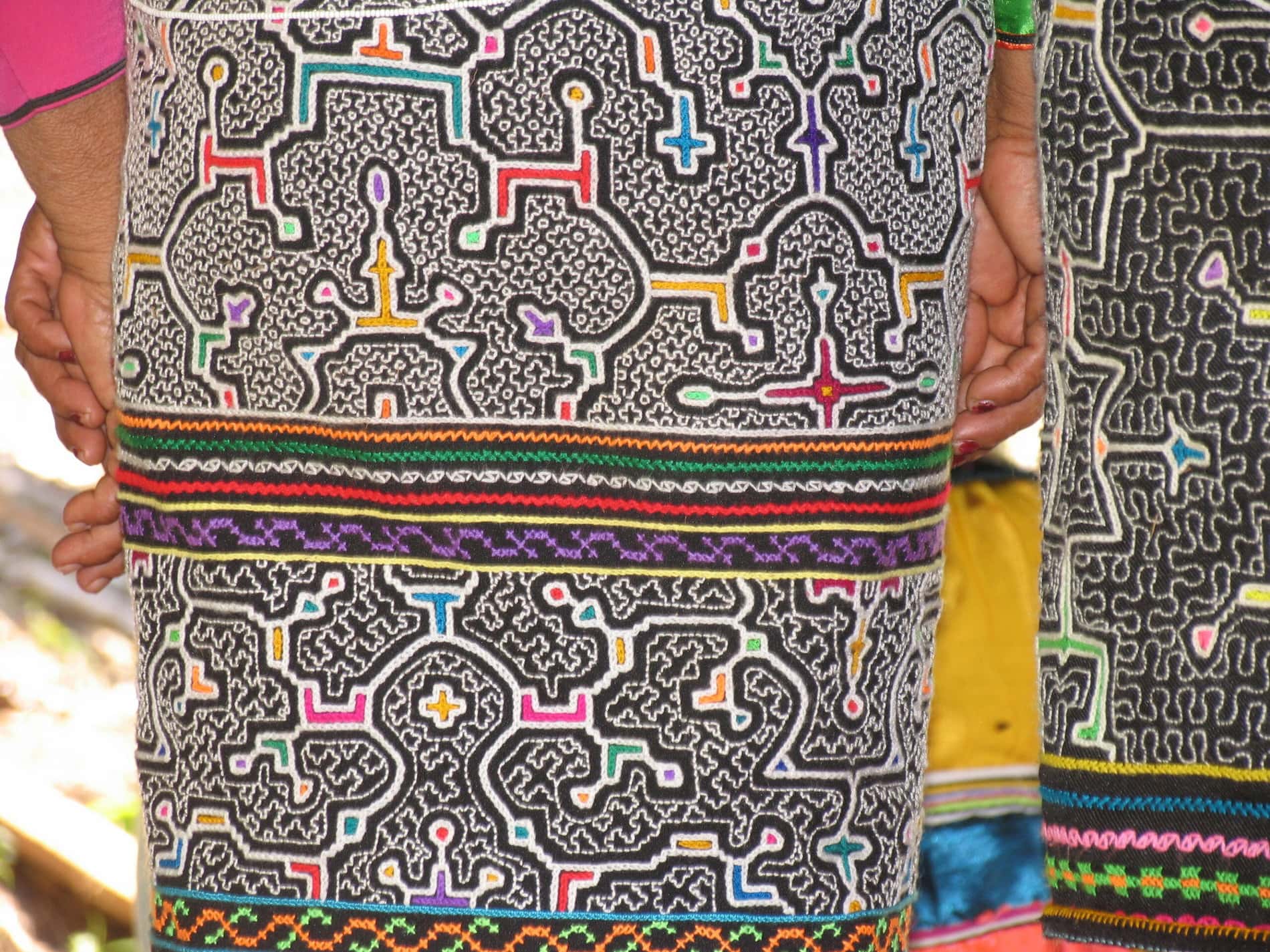
Often illness (whether physical, emotional, mental or spiritual) is seen by the healers as harmful designs/patterns on the bodies of the guests that they have either picked up externally or generated internally. The Onanya “pull off” the bad patterns, brushing and blowing them away from the body. The Onanya use healing odors (colognes made from various medicinal plants), mapacho (native tobacco that is used to clean negative energies and transmit positive energies) and weave the intricate geometric patterns of the ikaros into the patients to reconfigure their energy field. Due to the nature of the work, multiple treatments are needed before healing can be completed.
Shipibo patterns (kene) depict the sacred healing energies that emanate from the plants. They can be seen as the codes of the ikaros that express their healing energies and are seen by the Onanya in their visions. The patterns on Shipibo art are two-dimensional renderings of these energies.
In mareacion (the effect of ayahuasca), the Onanya see the brightly colored geometric designs in the air. Their visions are inundated with these designs, which float around the healing space and into the mouths of the Onanya. As soon as they connect, the Onanya become channels for the plant spirits to transmit their ikaros. Different parts of the ikaros relate to different elements of the designs. The ikaros are also said to have different fragrances associated with them and Onanya (and some patients) will smell flowers during a healing ceremony.
The Onanya “see the songs” and “hear the designs” at the same time in a phenomenon known as synesthesia – the blending of the senses.
Before healing, energy bodies often appear to be covered with chaotic patterns. During healing, the messy patterns are cleaned and replaced with new designs from the plants, which you can see represented in Shipibo textiles. In other words, order and harmony is brought to the energetic system. At the end of a course of treatment (effectively, an ayahuasca retreat), the Onanya cover your body with different ikaros called arkanas.
Arkana means protection and they are used to seal the other healing designs that have been laid into the energy body, providing a protection coating – a form of spiritual armor to protect against further negative energies being picked up externally.
Read more about ikaros here and watch the Temple healers share their songs.

